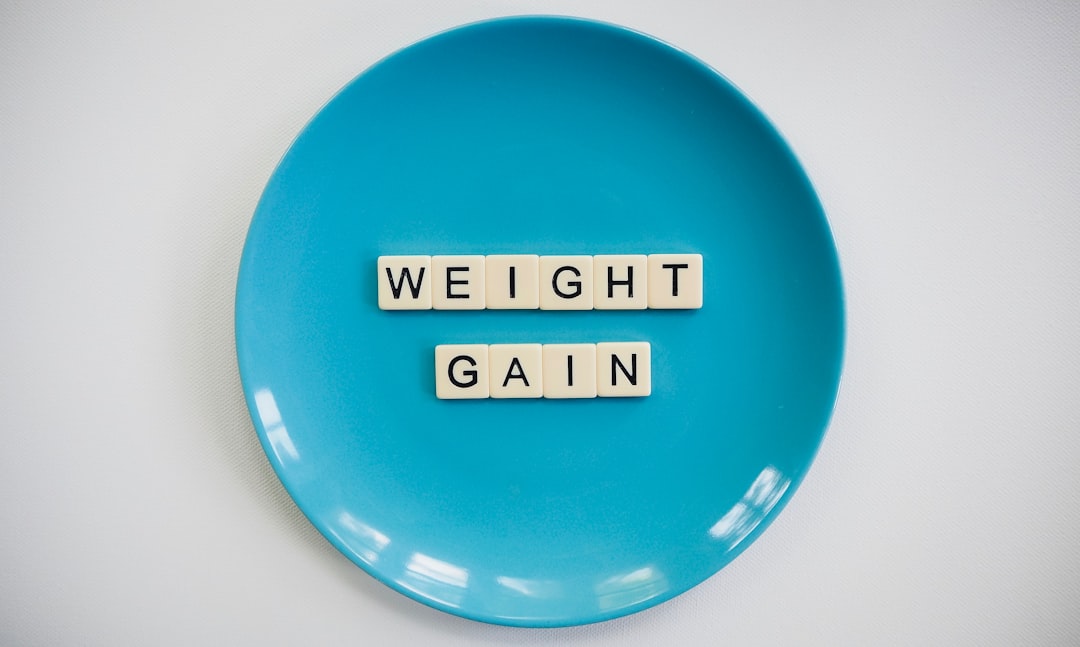Dreaming of a chiseled midsection but find gym memberships daunting or inconvenient? You’re not alone. Many believe that achieving a six-pack requires heavy weights and complex gym equipment, but the truth is, your body is the most effective tool you have. In fact, some of the most effective core exercises require nothing more than your own body weight and a small space.
This comprehensive guide will demystify the process of building a strong, defined core using only bodyweight exercises. We’ll explore the anatomy of your abdominal muscles, break down essential movements, provide practical routine design tips, and highlight the crucial role of nutrition. By the end of this article, you’ll have all the knowledge and tools to sculpt your six-pack from the comfort of your home.
The Science of Core Strength: Beyond Just Abs
When we talk about a “six-pack,” we’re primarily referring to the rectus abdominis, the long, flat muscle that extends vertically along the front of the abdomen. Its segmented appearance gives it the characteristic “six-pack” look when body fat is low enough. However, a truly strong core involves much more than just this superficial muscle.
Understanding Your Abdominal Anatomy
Your core is a complex network of muscles that stabilize your spine, facilitate movement, and transfer force between your upper and lower body. Key muscles include:
- Rectus Abdominis: The “six-pack” muscle, responsible for flexing the spine (e.g., crunches).
- Obliques (Internal & External): Located on the sides of your torso, they enable twisting and side-bending movements.
- Transverse Abdominis (TVA): The deepest abdominal muscle, acting like a natural corset to stabilize the lumbar spine and pelvis. It’s crucial for core stability and often overlooked.
- Erector Spinae: Muscles along your back that support the spine. A strong core requires balanced strength between front and back.
Effective bodyweight ab training targets all these muscle groups, not just the rectus abdominis, to build a functional and aesthetically pleasing core.

Mastering Bodyweight Basics for Abdominal Definition
The foundation of any successful bodyweight program lies in mastering basic movements and maintaining proper form. Quality over quantity is paramount, especially when training your core. Focusing on controlled movements and muscle engagement will yield far better results than rushing through repetitions.
Key Principles of Bodyweight Ab Training
- Mind-Muscle Connection: Actively think about squeezing your abdominal muscles during each repetition. This enhances muscle activation.
- Controlled Movement: Avoid using momentum. Perform each exercise slowly and deliberately, focusing on the eccentric (lowering) phase as much as the concentric (lifting) phase.
- Breathing: Exhale on exertion (the hardest part of the movement) and inhale on the release. Proper breathing supports core stability.
- Progressive Overload: Even with bodyweight, you need to challenge your muscles. This can be done by increasing repetitions, sets, reducing rest time, or performing more difficult variations of exercises.
Pro Tip: Engage your transverse abdominis by imagining you’re pulling your belly button towards your spine. This “bracing” technique protects your lower back and enhances core stability during all exercises.
Top Bodyweight Exercises for a Sculpted Midsection
A well-rounded ab routine incorporates exercises that target different parts of your core. Here are some highly effective bodyweight movements:
Foundational Core Exercises
- Plank:
A static exercise that engages the entire core, especially the TVA. Hold a straight line from head to heels, engaging your glutes and abs. Start with 30-second holds and progress to longer durations or variations like side planks.
- Crunches:
Targets the rectus abdominis. Lie on your back, knees bent, feet flat. Lift your head and shoulders off the ground, contracting your abs. Focus on a small, controlled movement rather than pulling on your neck.
- Leg Raises:
Primarily works the lower rectus abdominis. Lie on your back, hands under your glutes for support. Keep legs straight and lift them towards the ceiling, then slowly lower them without letting your lower back arch off the floor.
- Bicycle Crunches:
Engages the obliques and rectus abdominis. Lie on your back, hands behind your head. Bring one elbow towards the opposite knee while extending the other leg. Alternate sides in a cycling motion.
- Russian Twists:
Targets the obliques. Sit on the floor, knees bent, feet flat. Lean back slightly, engaging your core, and lift your feet off the ground (optional). Twist your torso from side to side, touching the floor beside your hips.

Designing Your At-Home Six-Pack Routine
Consistency is key when it comes to seeing results. A well-structured routine ensures you hit all muscle groups and progress over time. Aim for 3-4 core workouts per week, allowing a day of rest in between for muscle recovery.
Sample Weekly Bodyweight Ab Routine
Here’s a template you can adapt based on your fitness level:
| Day | Exercises | Sets & Reps/Duration |
|---|---|---|
| Monday | Plank, Crunches, Leg Raises | 3 sets of 30-60 sec (Plank), 15-20 reps (Crunches, Leg Raises) |
| Tuesday | Rest or Light Cardio | |
| Wednesday | Bicycle Crunches, Russian Twists, Reverse Crunches | 3 sets of 15-20 reps (each exercise) |
| Thursday | Rest or Light Cardio | |
| Friday | Plank variations (side plank, plank jacks), V-ups | 3 sets of 30-45 sec (Plank variations), 10-15 reps (V-ups) |
| Saturday & Sunday | Rest or Active Recovery |
Remember to warm up for 5-10 minutes before each workout and cool down with stretches afterward. As you get stronger, increase the number of repetitions, sets, or the duration of holds.
Nutrition: The Cornerstone of Visible Abs
You’ve probably heard the saying, “Abs are made in the kitchen.” This holds true. No matter how strong your core muscles become, they won’t be visible if they’re covered by a layer of body fat. Achieving a six-pack requires reducing your overall body fat percentage, which is primarily influenced by your diet.
Dietary Principles for Abdominal Definition
- Calorie Deficit: To lose fat, you must consume fewer calories than you burn. A moderate deficit of 300-500 calories per day is sustainable and effective.
- Adequate Protein: Protein helps preserve muscle mass during fat loss, keeps you feeling full, and has a higher thermic effect (burns more calories during digestion) than carbs or fats. Aim for 1.6-2.2 grams of protein per kilogram of body weight.
- Complex Carbohydrates: Choose whole grains, fruits, and vegetables over refined carbs. They provide sustained energy and essential fiber.
- Healthy Fats: Include sources like avocados, nuts, seeds, and olive oil. Fats are crucial for hormone production and nutrient absorption, but consume them in moderation due to their high calorie density.
- Hydration: Drink plenty of water throughout the day. It aids metabolism, helps with satiety, and supports overall bodily functions.

“While exercise builds the muscle, nutrition unveils it. Without a consistent, balanced diet that supports fat loss, even the strongest abs will remain hidden.”
For more in-depth information on the role of nutrition in body composition and fat loss, you can refer to resources from reputable organizations. For example, the National Institutes of Health (NIH) provides extensive research on diet and weight management, including studies on macronutrient distribution and its impact on body fat. This particular link leads to a review article published in 2021 on the effects of dietary protein on body composition.
Avoiding Common Pitfalls on Your Ab Journey
The path to a six-pack isn’t always linear, and many encounter common obstacles. Being aware of these can help you stay on track and maximize your results.
Mistakes to Steer Clear Of
- Over-training Your Abs: Your abdominal muscles are like any other muscle group; they need rest to recover and grow. Training them every single day can lead to diminishing returns and potential injury.
- Neglecting Compound Movements: While this article focuses on direct ab work, incorporating full-body bodyweight exercises like push-ups, squats, and lunges helps burn more calories and build overall strength, which indirectly supports core development.
- Ignoring Form: Rushing through reps with poor form not only reduces effectiveness but also increases the risk of back pain or injury. Always prioritize proper technique.
- Expecting Instant Results: Building a six-pack takes time, consistency, and patience. Genetic factors and starting body fat percentage also play a role. Celebrate small victories and stay committed.
Conclusion: Your Journey to a Stronger Core Starts Now
Achieving a visible six-pack without stepping foot in a gym is entirely possible and highly effective. By understanding your core anatomy, mastering foundational bodyweight exercises, designing a consistent routine, and prioritizing proper nutrition, you can sculpt the strong, defined midsection you desire. Remember, it’s a journey that requires dedication to both your workouts and your diet.
Start small, stay consistent, and listen to your body. The benefits extend far beyond aesthetics, contributing to improved posture, reduced back pain, and enhanced athletic performance in all aspects of life.
Ready to Transform Your Core?
What bodyweight ab exercise are you most excited to try first? Share your thoughts and progress in the comments below!
For further reading on core training and bodyweight exercises, consider exploring resources from the American Council on Exercise (ACE), a leading authority in fitness education. Their blog offers valuable insights into effective training methods. Additionally, the National Strength and Conditioning Association (NSCA) provides scientific articles on the importance of core strength for overall athletic performance.
